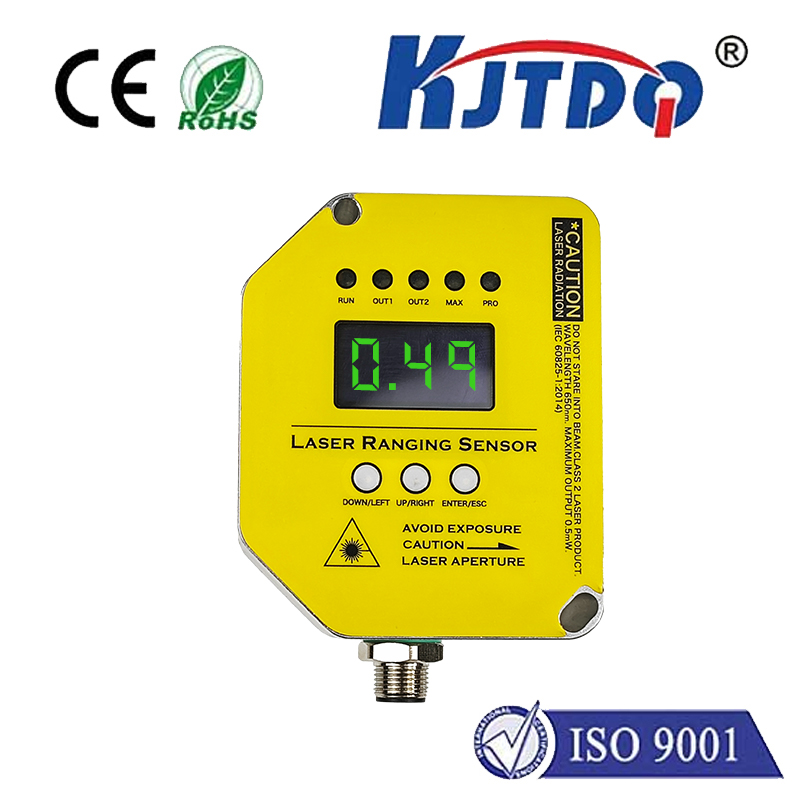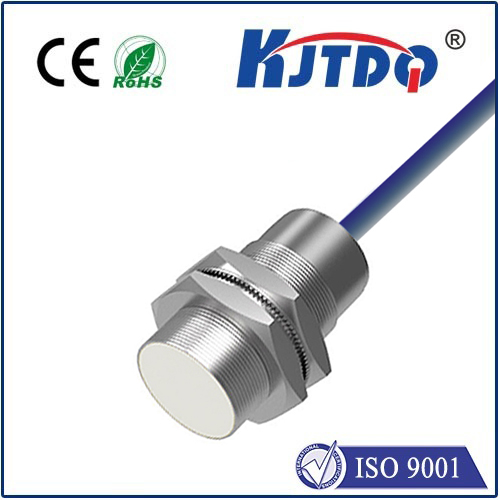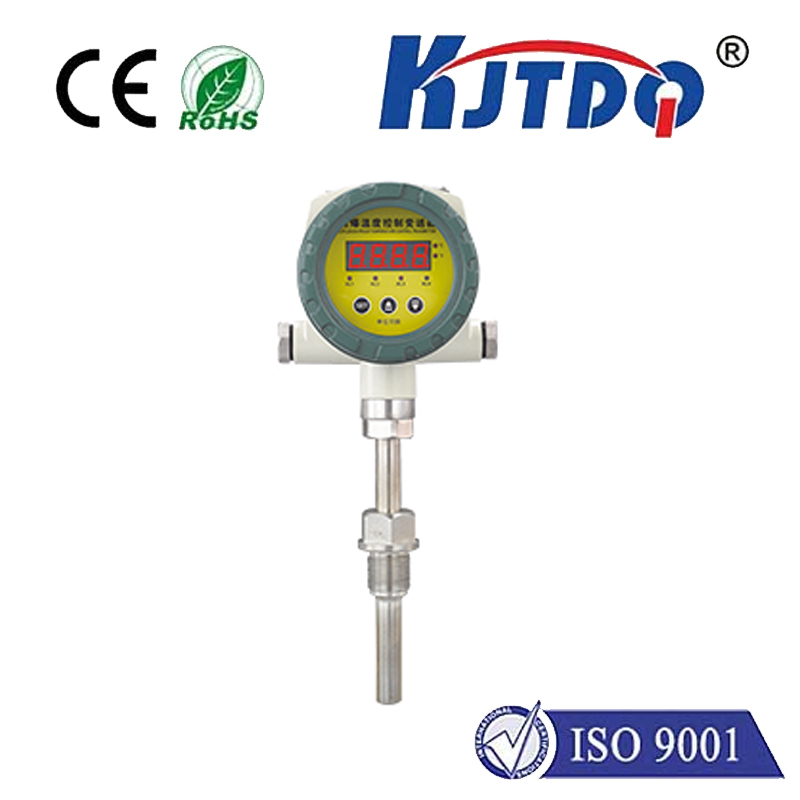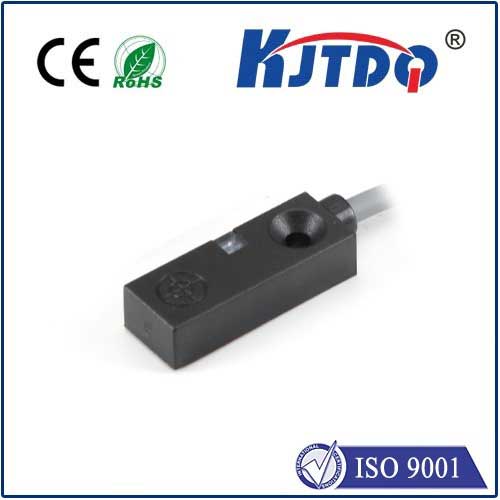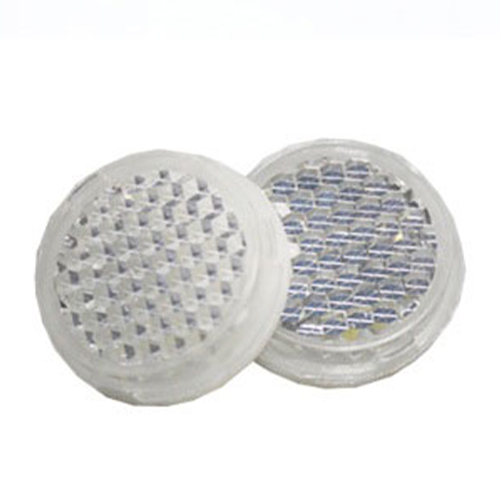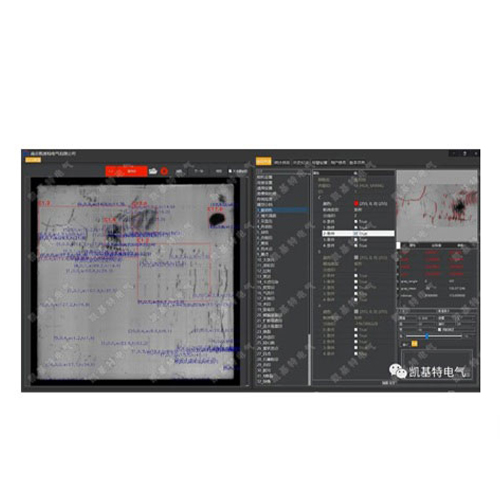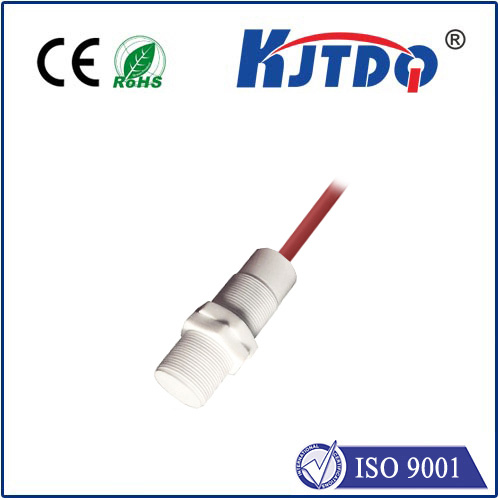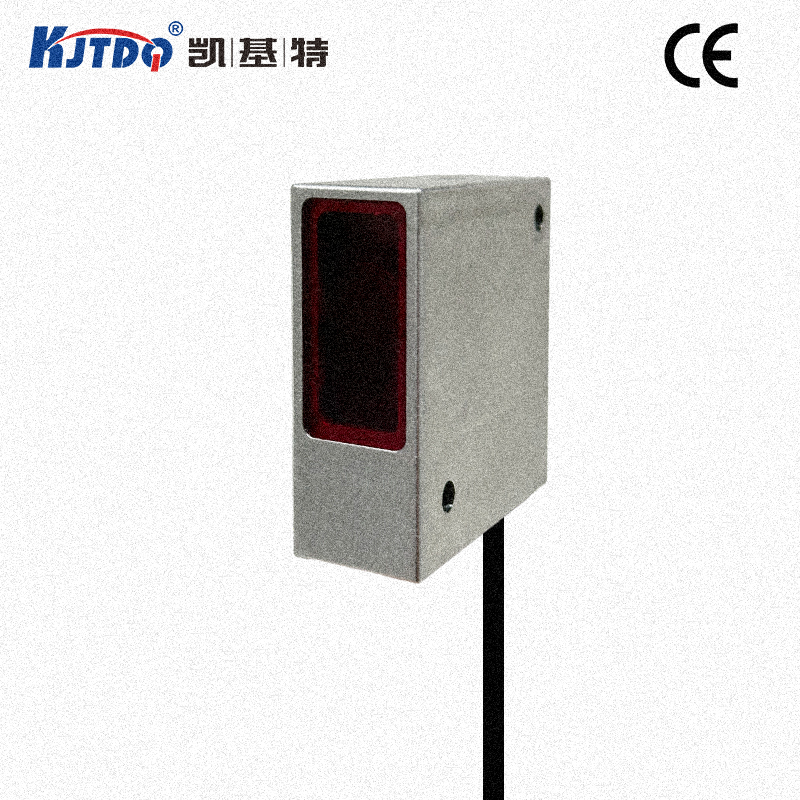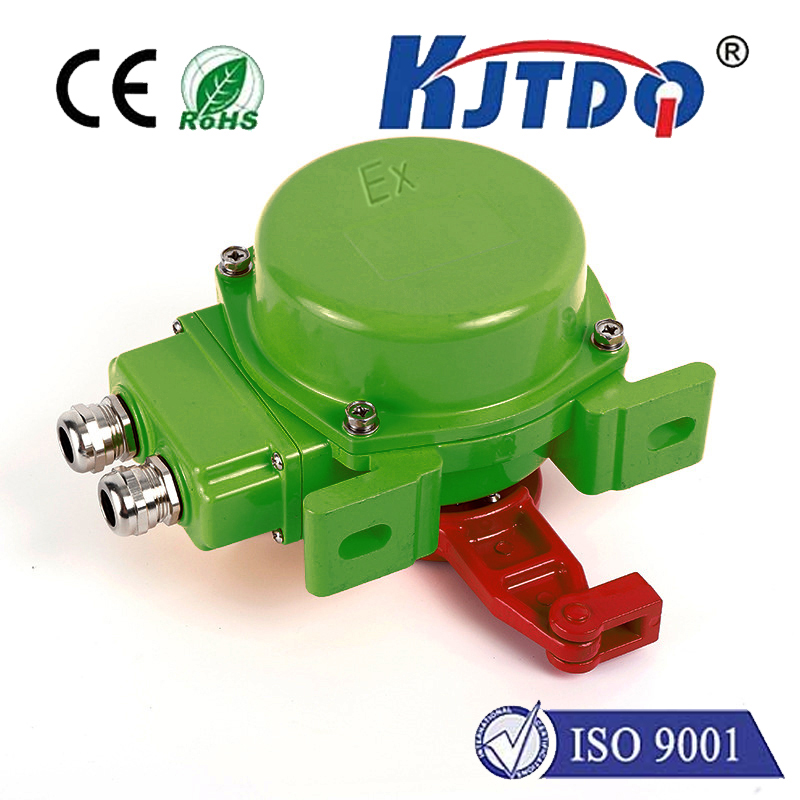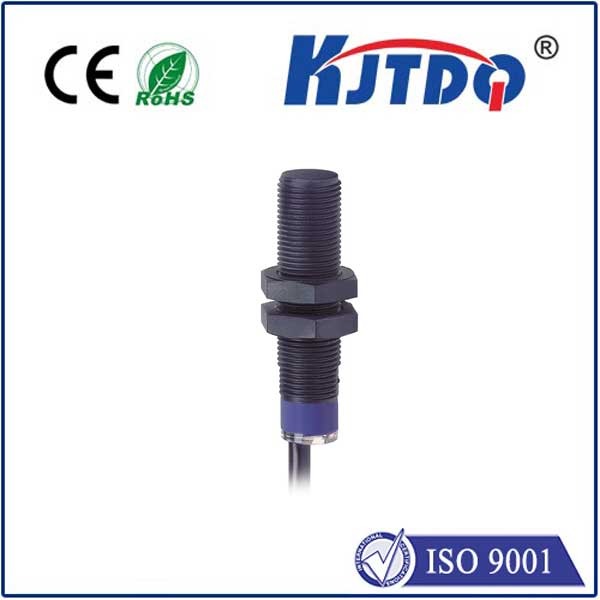

check

check

check

check

check

check

check

check

check

check
Exploring the Cutting Edge Technology of Laser IMUs
In today's world, technology is advancing at an unprecedented rate, and with it, new innovations are being developed to improve various aspects of our lives. One such innovation is the Laser Inertial Measurement Unit (IMU), a sophisticated device that has revolutionized the way we measure and navigate in both air and space. In this article, we will delve into the features, applications, and benefits of laser IMUs.

Firstly, it is essential to understand what a laser IMU is. A laser IMU is a type of sensor that combines laser technology with traditional inertial measurement units to provide highly accurate readings of position, velocity, and orientation. It works by using laser beams to detect changes in motion, which are then processed by advanced algorithms to determine precise location data. This technology offers several advantages over conventional IMUs, including increased accuracy, reduced noise, and improved immunity to external factors such as magnetic fields and temperature variations.
The applications of laser IMUs are vast and varied. They have found widespread use in numerous industries, including aerospace, automotive, robotics, and marine navigation. In aerospace, laser IMUs are used to guide aircraft during takeoff and landing, monitor flight paths, and ensure safe navigation through complex environments. In automotive engineering, they are employed to enhance vehicle stability control systems and aid in autonomous driving technology development. Additionally, laser IMUs play a crucial role in robotics by providing accurate positioning data for robotic arms and unmanned vehicles. Finally, in marine navigation, they help ships maintain their course and avoid collisions with other vessels or obstacles.
Laser IMUs offer several benefits compared to traditional IMUs. Firstly, they provide superior accuracy due to their ability to measure small changes in motion more precisely than conventional IMUs. Secondly, they are less susceptible to external disturbances such as magnetic fields and temperature fluctuations, making them ideal for use in harsh environments where these factors may be present. Thirdly, laser IMUs have a longer service life than traditional IMUs since they do not rely on mechanical components that can wear out over time.
In conclusion, laser IMUs represent a significant advancement in inertial measurement technology. With their increased accuracy, reduced noise levels, and improved resistance to external factors, they have become an essential tool for many industries worldwide. As technology continues to evolve rapidly, it is likely that we will see even more innovative uses for laser IMUs in the future.
